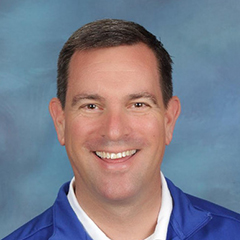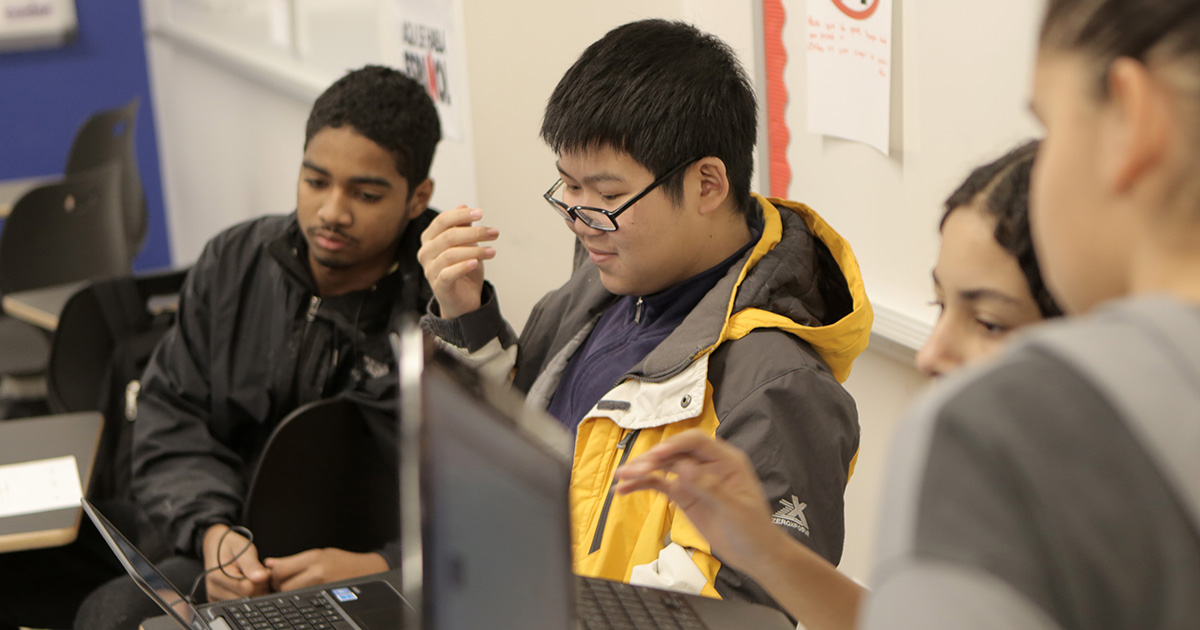
The field of education evolves constantly and is now changing rapidly because of COVID-19. In the face of this pandemic, we continue to refine our practices. Enhancements and changes to the curriculum, data-informed practices, and social-emotional learning are just a small sampling of the most recent topics that have risen to the surface in education. In addition, there are many variables that affect how to reach children and teach them well. Our field is incredibly dynamic, and effective ways to improve teaching, learning, and school leadership are a constantly moving target. Resources such as the training, coaching, and technical support provided by REL Mid-Atlantic help promote continuous improvement of educational practice.
In this constantly changing environment, how can teachers, principals, and schools continue to learn from each other? How can we be sure that content and practices are vetted and research based and show potential for the greatest impact on teaching and learning? And how can teachers ensure that they have the best resources for teaching instead of relying on flashy but untested Pinterest or Teachers Pay Teachers activities?
I am fortunate to be part of a countywide school system with 42 elementary schools, 20 middle schools, and 12 high schools—one of the top 100 systems in size in the United States. The collegiality within and among our schools is strong. We have specialists who coordinate the curriculum, map out the timing for a course and school year, and provide plans and resources for teachers. We have an electronic platform that we can continually update and refine, and I professionally benefit from our local organizational structure. I also continue to learn from peers in other states and regions through the REL’s partnerships with educators and other stakeholders in addressing critical education issues and my role on the REL Governing Board. I want to help connect REL Mid-Atlantic’s work to my school and professional network.
In addition to the resources provided by the REL, teachers, principals, and schools can use social media to help them share ideas and information easily. Whether in Facebook groups, Twitter chats, or membership in professional organizations, educational professionals can connect in ways that help support them and ultimately improve their practice and their students’ outcomes. I am part of a principals’ Facebook group that shares ideas and information readily, and I monitor and participate in Twitter chats in which I learn about how other principals are doing their jobs across the country and around the world. I am also involved in my state and national principals’ organizations: the Maryland Association of Elementary Principals and the National Association of Elementary Principals. These associations provide opportunities to meet other principals from around my state and the country. Principals share best practices and ideas, and I bring those ideas back to my school and school district. In addition to these organizations geared toward my role in education, I am a member of the Association for Supervision and Curriculum Development, which provides current and relevant resources to use in my school. These are all excellent ways to access and share information.
Even though the teaching and leading can be a lonely job at times, there are many ways for educators and schools to connect so they can learn from each other. It’s important to figure out ways to do our jobs strategically and collaboratively, knowing so many people in education share similar experiences daily. Following @RELMidAtlantic on Twitter or signing up for the mailing list will bring you helpful and informative tools, including fact sheets, infographics, webinars, and more to help children learn.
Cross-posted from the REL Mid-Atlantic website.



